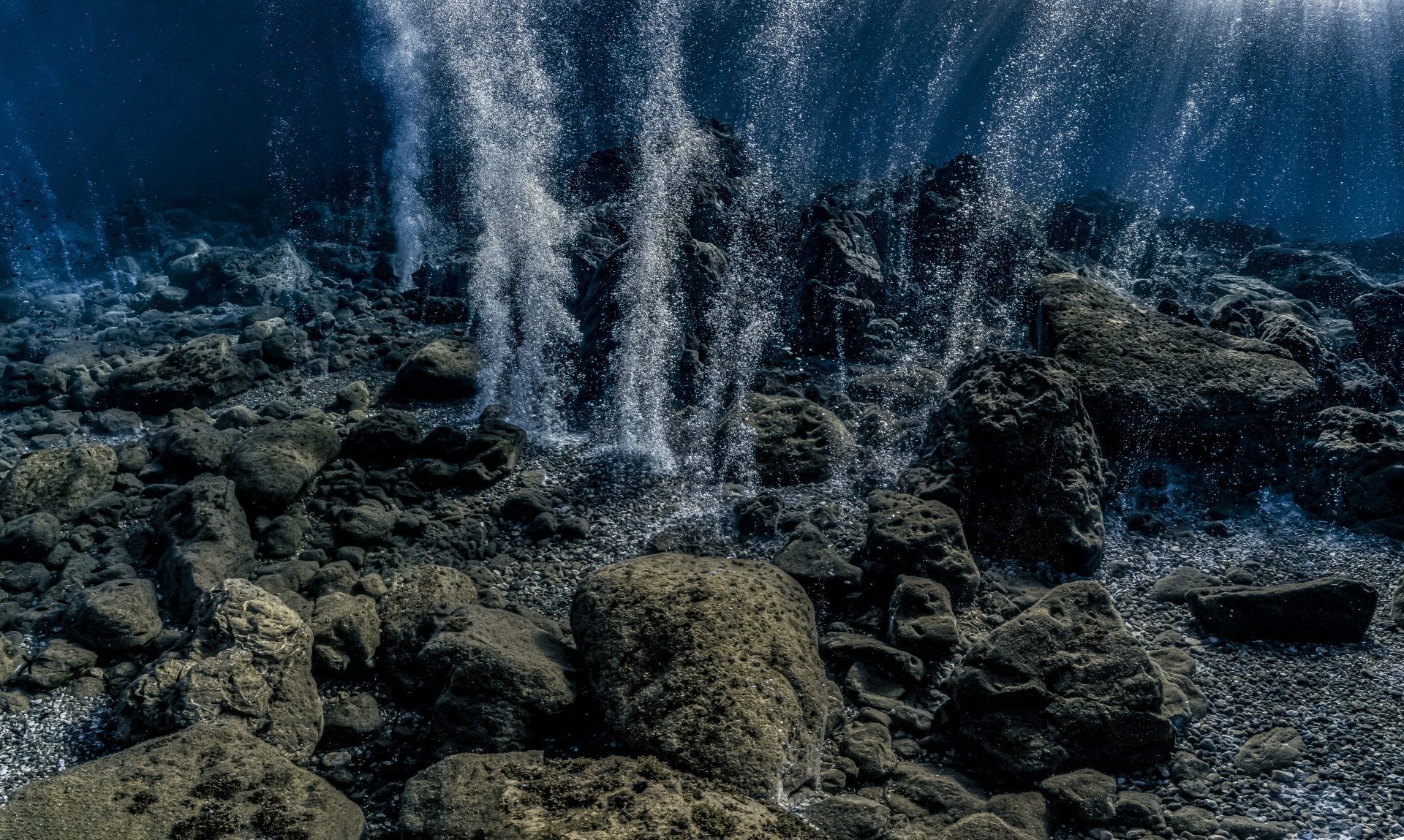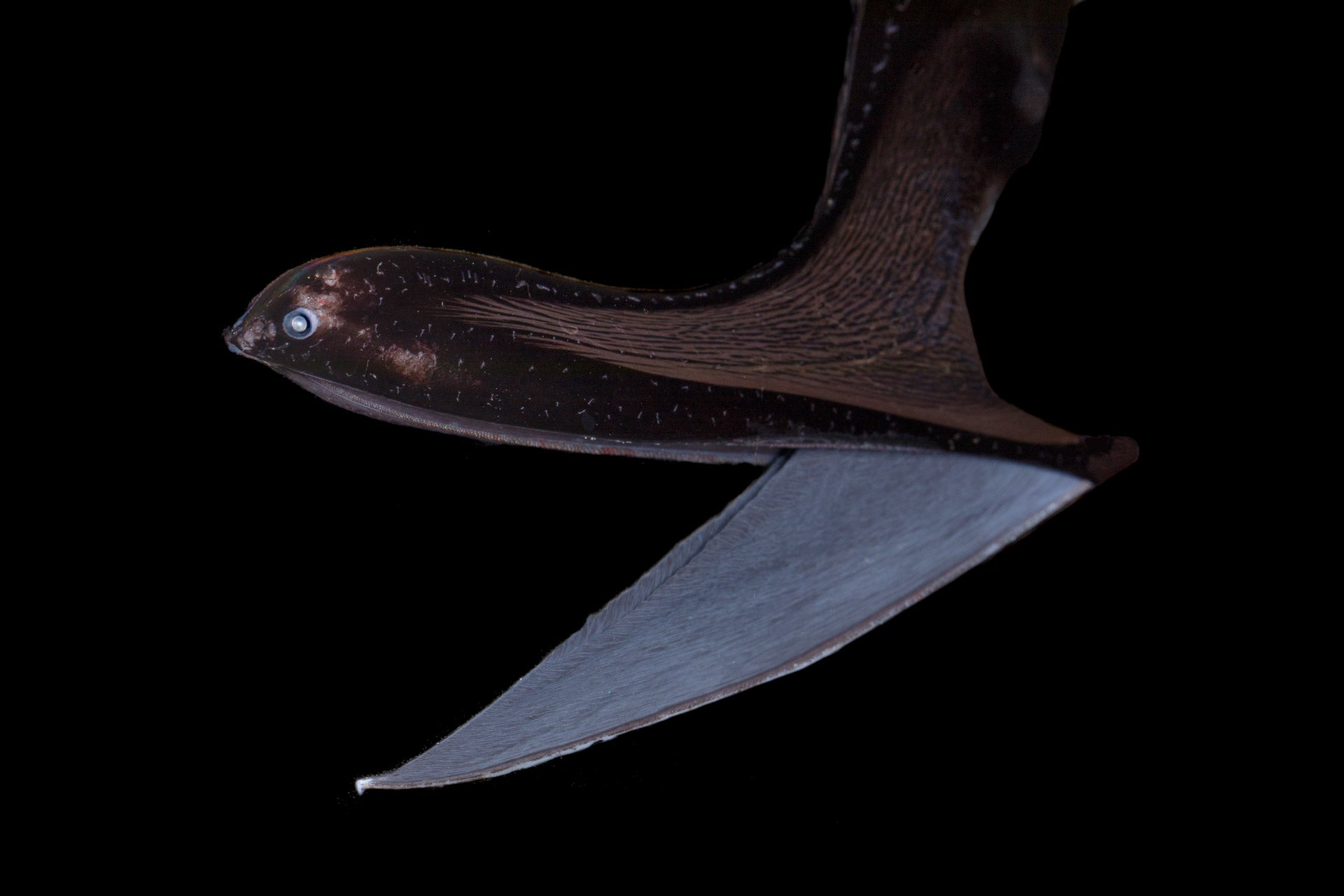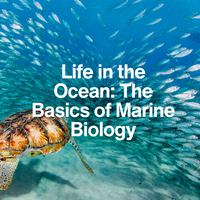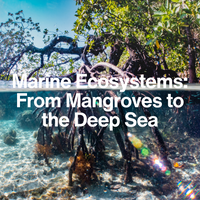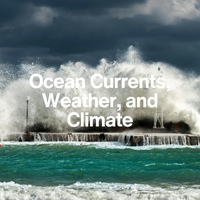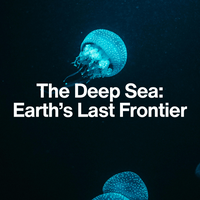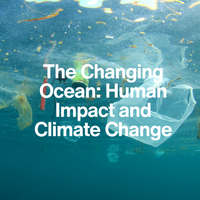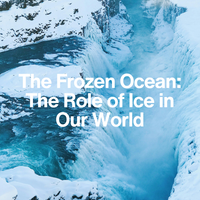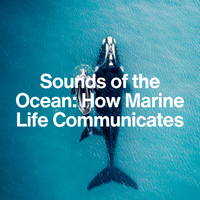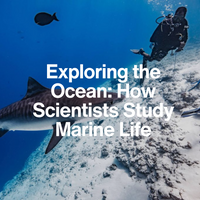LESSON 2
How do animals survive in the dark?
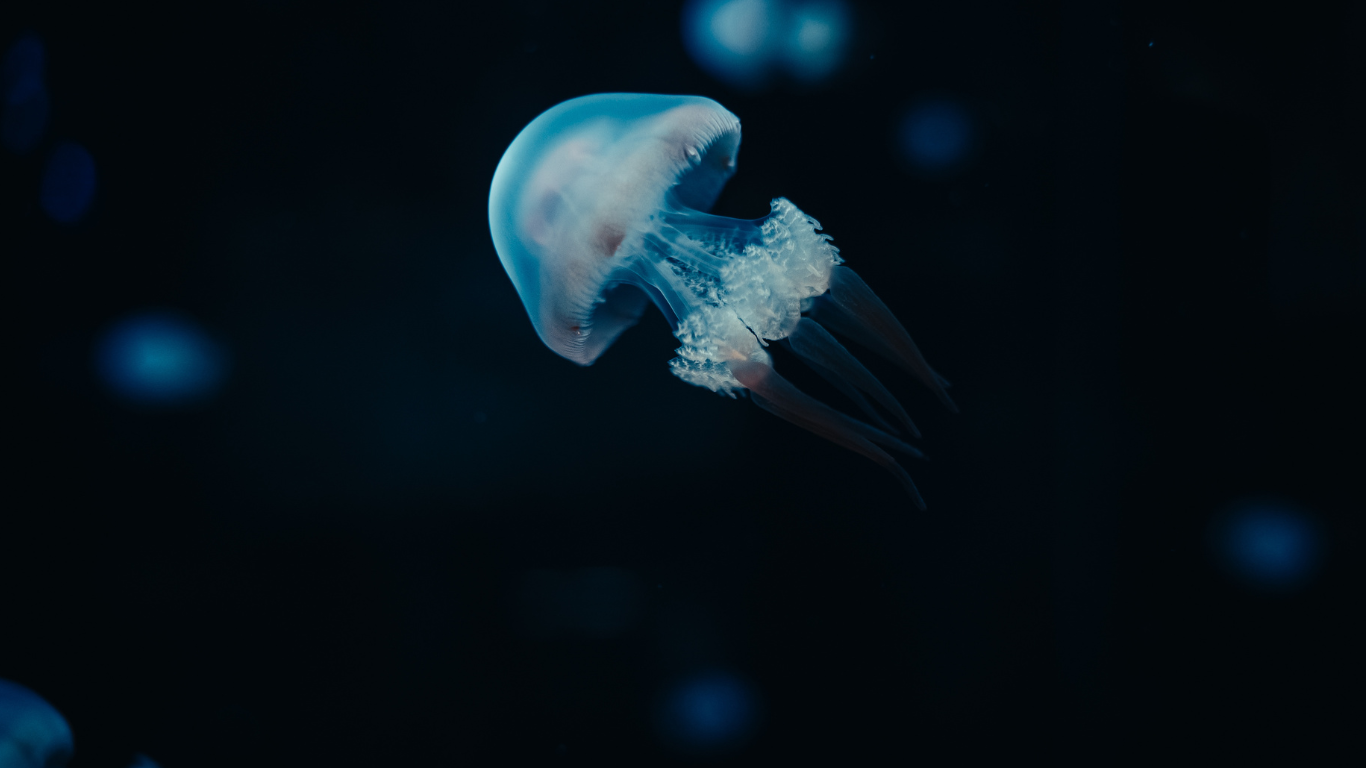
Introduction:
The Ocean — Earth's Hidden Heat Engine
Imagine living in a place where the sun never shines, the pressure is crushing, and food is scarce. That’s everyday life in the deep sea!
Yet countless animals not only survive here—they thrive. Their bodies have evolved incredible tools to help them hunt, hide, and communicate in a world of eternal night. In this lesson, we’ll explore how life has adapted to one of the most extreme environments on Earth.
1. The Challenges of the Deep
Before we look at adaptations, let’s recap what makes the deep ocean so extreme:.
Fun Fact
At 4000 meters deep, pressure is over 400 times greater than at the surface—like having 50 jumbo jets stacked on top of you!
2. Bioluminescence: Nature’s Flashlight
In the dark depths, light becomes a powerful tool. Many deep-sea species create their own light through bioluminescence—a chemical reaction that glows!
Uses of bioluminescence
Did you know?
More than 90% of animals in the mesopelagic zone (200–1000m) are bioluminescent!
3. Special Senses and Bodies
When light is gone, other senses must take over.
Uses of bioluminescence
Fun Fact
The barreleye fish has a transparent head so it can look upward through its skull to spot prey above!
4. Hunting Without Light
Finding food in the deep is tough.
Animals have adapted smart feeding strategies
Did you know?
The vampire squid doesn’t suck blood—it eats marine snow and dead matter drifting from the upper ocean!
5. Saving Energy in a Scarce World
Because food is hard to come by in the deep sea, conserving energy is essential for survival. Deep-sea animals have evolved incredible adaptations to make the most of every meal and minimize waste.
Fun Fact
Deep-sea amphipods the size of your hand have been found in ocean trenches!
Conclusion
The Deep Sea’s Super Survivors
The animals of the deep are true survival experts. From glowing lures and giant eyes to slow motion and chemical-powered life, they show us how extreme environments can inspire extreme adaptations.
In the ocean’s darkest corners, evolution has turned limitation into innovation.
Key Takeaways:
The deep sea is a harsh environment with no light, freezing temperatures, and extreme pressure.
Many animals create their own light using bioluminescence to hunt, hide, or communicate.
Adaptations like large eyes, soft, pressure-resistant bodies, and enhanced senses help them survive without light.
Food is scarce, so animals have strategies like ambush hunting, scavenging, and chemosynthesis.
To conserve energy, deep-sea creatures have slow metabolisms, minimal movement, and in some cases, gigantic size.
NEXT LESSON
Hydrothermal Vents and Underwater Volcanoes
Next time, we’ll journey to the ocean floor to discover fiery underwater vents, volcanoes, and the unique creatures that live around them!
